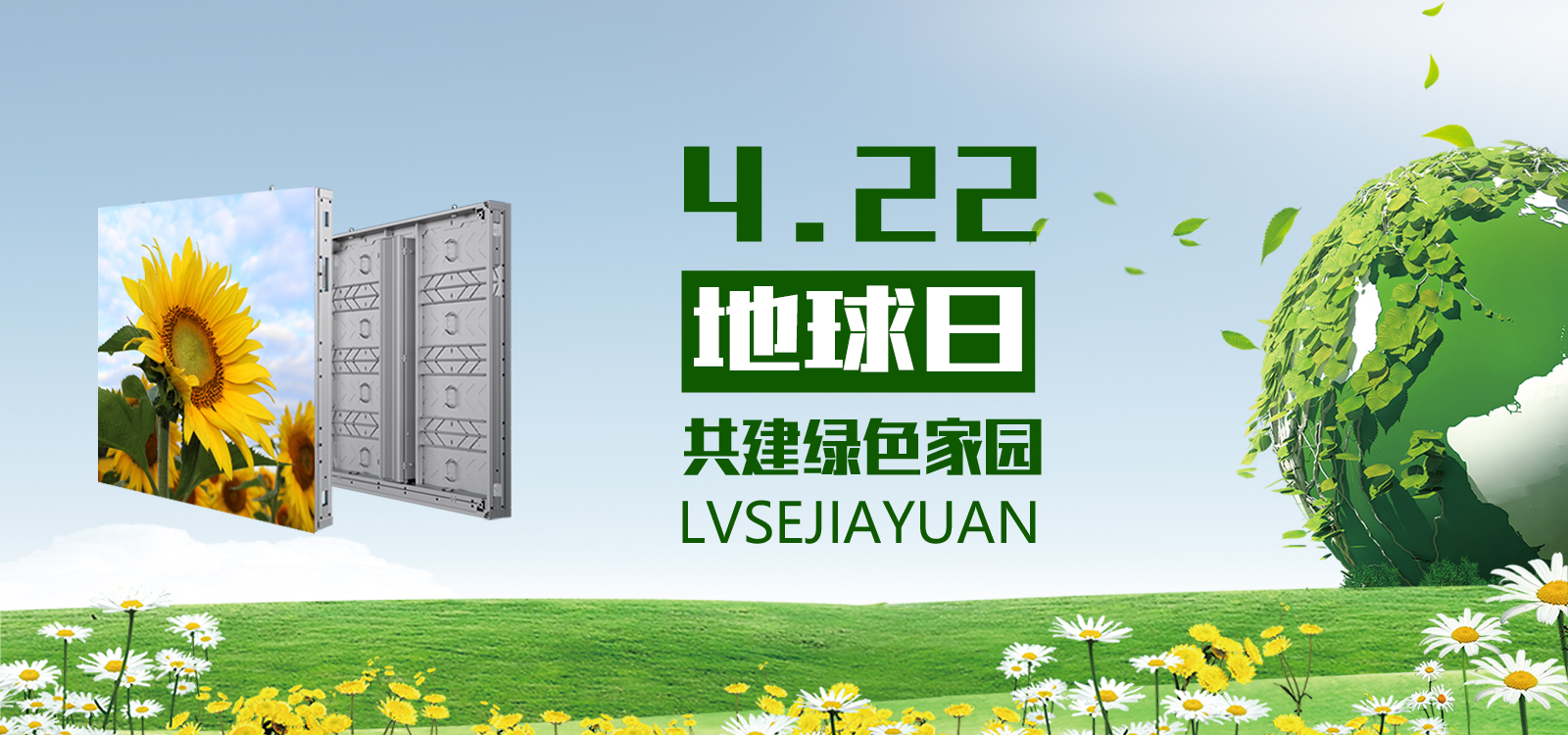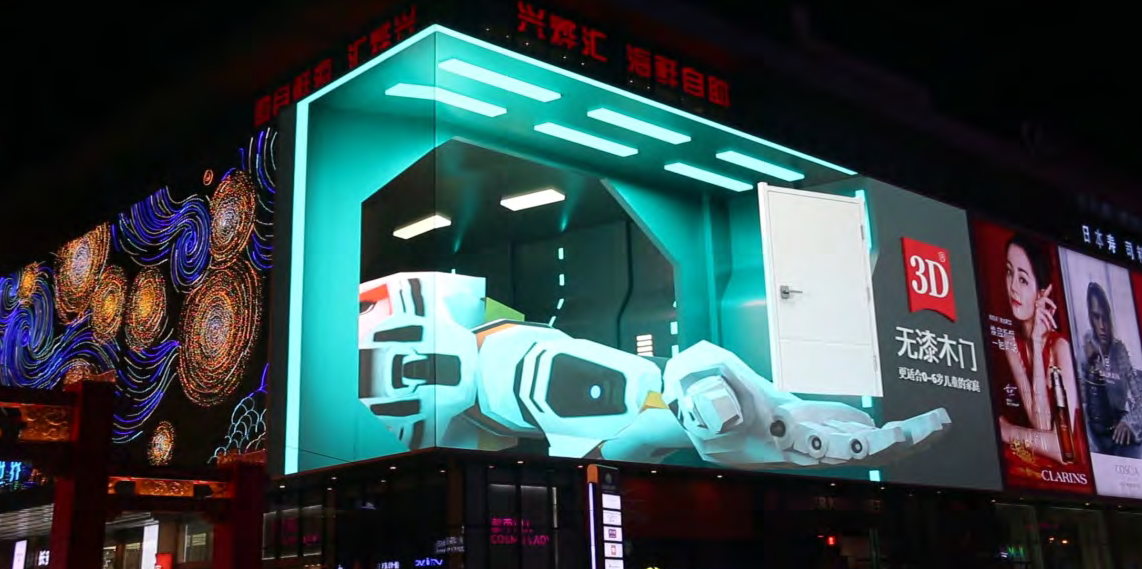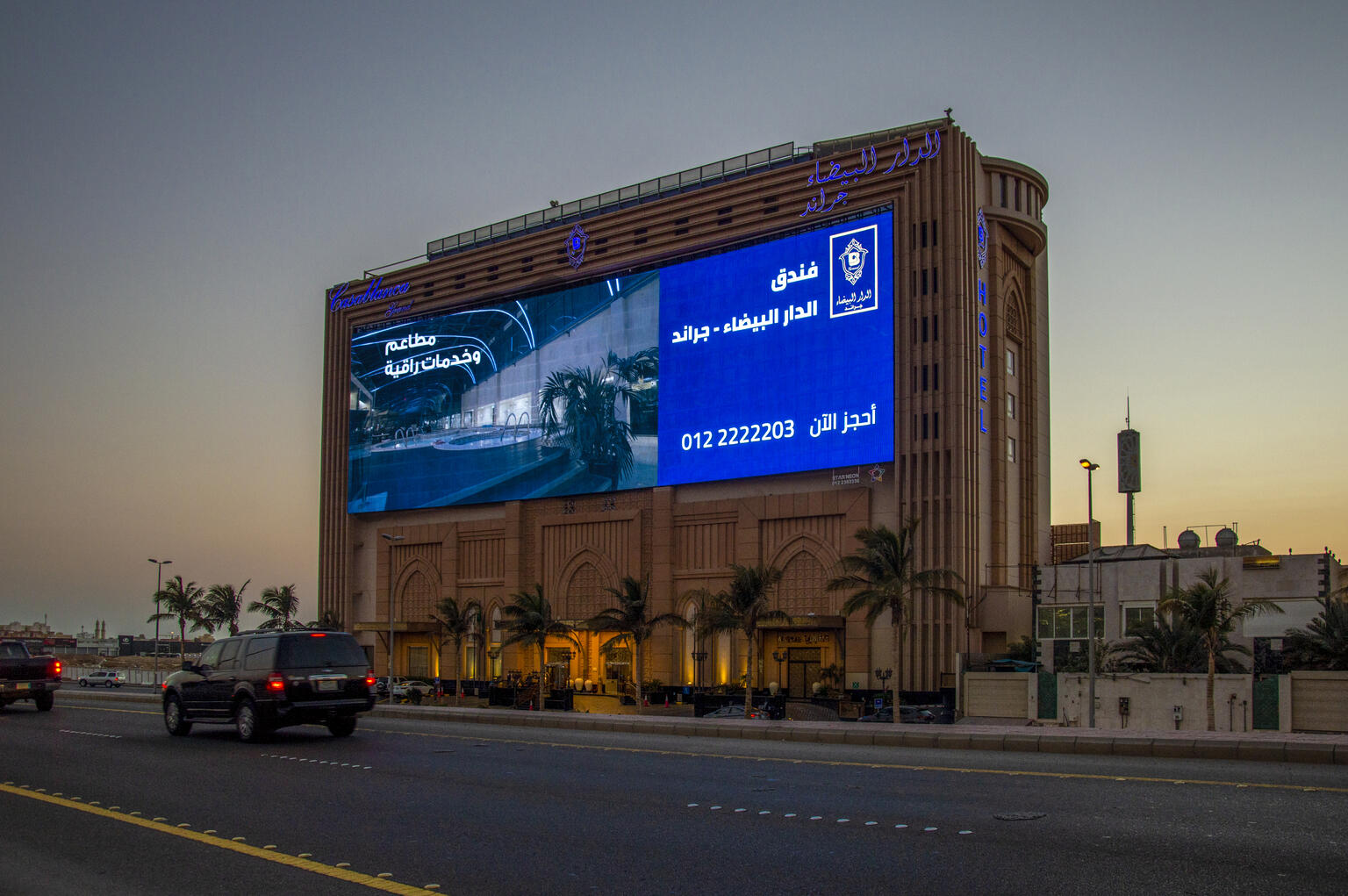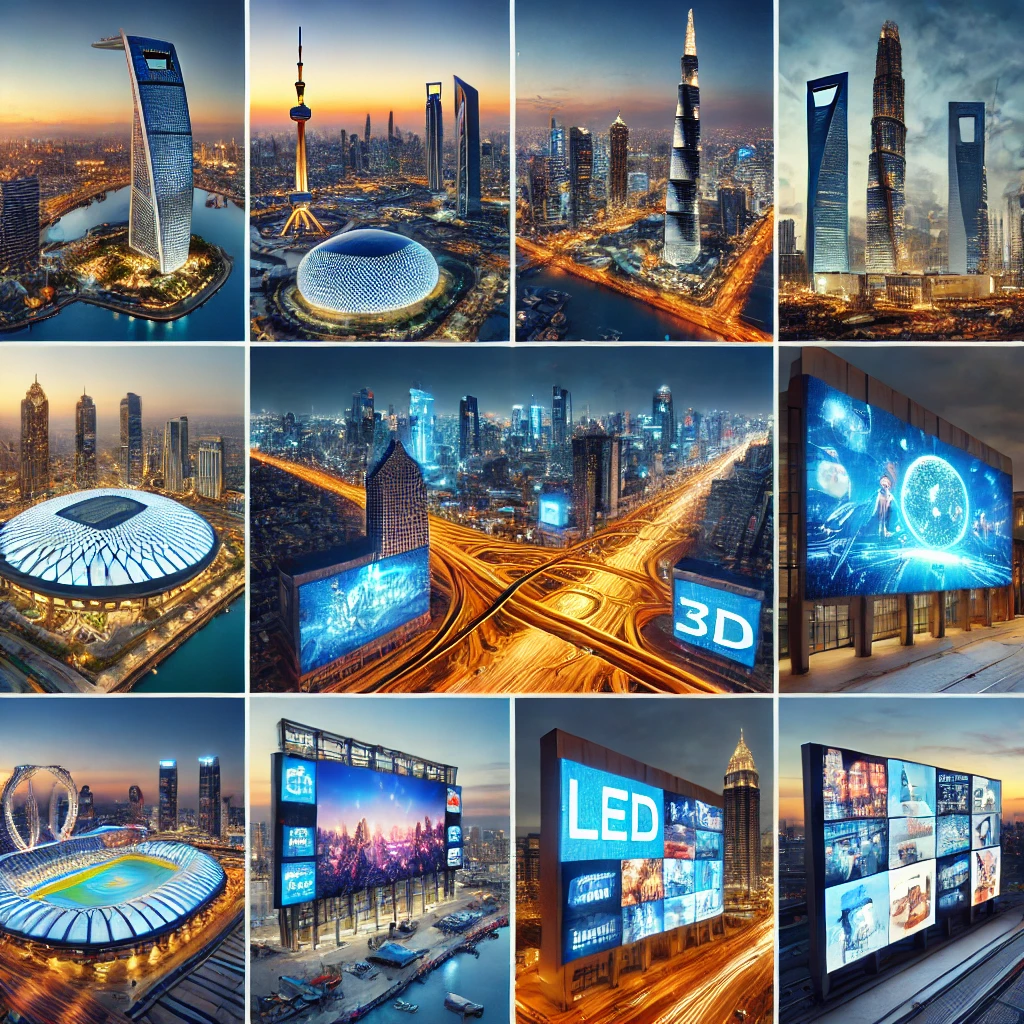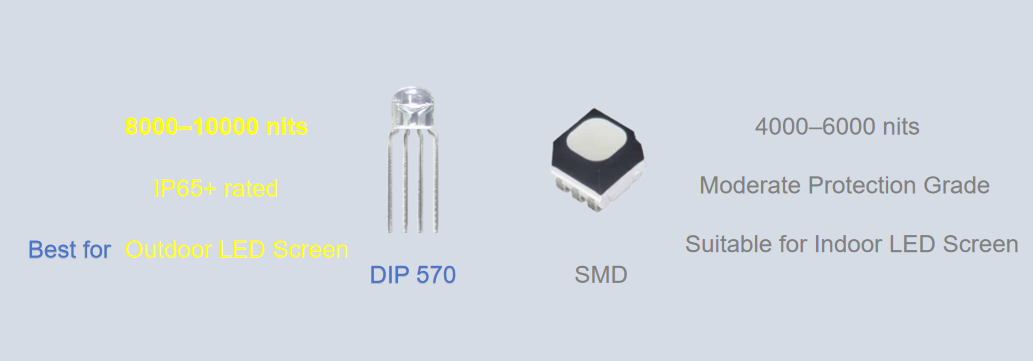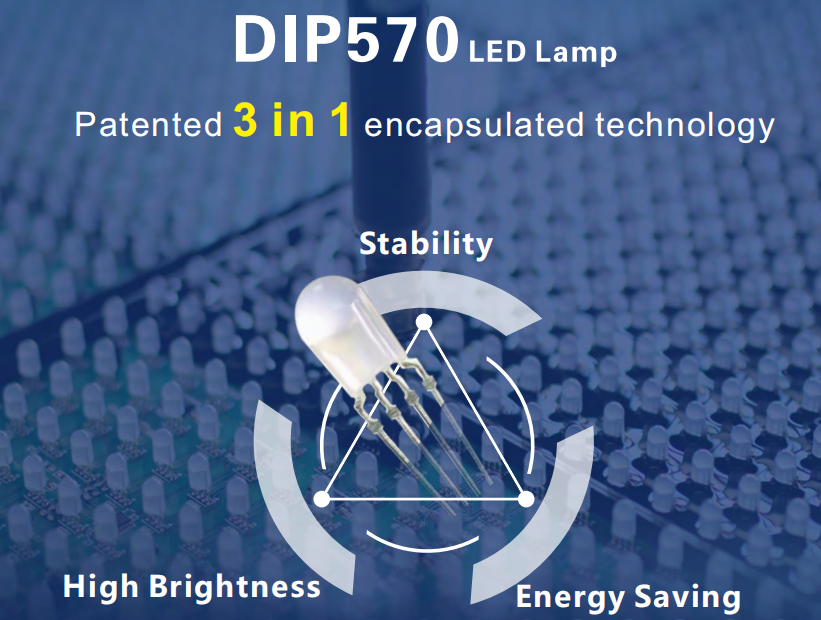Date of issue:2025.05.09
Company News
Kingaurora DIP Outdoor LED Displays: 5 Years Without Fading in Extreme Heat and Sunlight
As June approaches, the world is about to enter the hottest period of the year, and regions with high temperatures and intense sunlight will face even more severe environmental challenges. The Middle East, a typical example, experiences year-round scorching heat, strong sunlight, frequent sandstorms, and arid climates, making it one of the most demanding markets for outdoor LED displays in terms of environmental adaptability. Daytime temperatures often exceed 40°C, and in summer, surface temperatures in countries like Saudi Arabia, Kuwait, and the UAE frequently surpass 60°C. Intense UV radiation continuously degrades LED beads, encapsulants, PCBs, and cooling systems, severely testing a display’s thermal stability and weather resistance.
In such harsh conditions, SMD displays often suffer from rapid brightness decay, yellowing encapsulants, module cracking, and accelerated component aging, significantly compromising performance and lifespan. This is why high-temperature regions like the Middle East demand displays with superior thermal stability, UV resistance, protection ratings, and cooling structures—driving Kingaurora to develop specialized DIP solutions for extreme climates.
In outdoor LED displays, DIP (Dual In-line Package) and SMD (Surface-Mounted Device) are the two main technologies. While SMD dominates indoor and short-view applications due to fine pixel pitches and color consistency, DIP remains irreplaceable in harsh outdoor environments requiring high brightness, low energy consumption, heat resistance, and UV protection—making it the preferred choice for extreme climates like the Middle East.
Core Advantages of DIP Technology: Energy Efficiency, UV Resistance, Durability & Long Lifespan
1. High Brightness & Energy Efficiency
Focused light emission: DIP beads minimize light loss with a concentrated beam angle, while SMD’s wide-angle light wastes energy outdoors.
Ultra-high brightness (8,000–10,000 nits): Remains visible under direct sunlight, whereas SMD displays require overdriving (accelerating decay) to compensate in heat.
Independent RGB chips: Each DIP chip is optimized for efficiency, delivering stronger penetration with lower current vs. SMD.
Superior heat dissipation: DIP’s low thermal resistance prevents efficiency loss in heat, while SMD suffers from brightness drop and power surges in高温.
Proven savings: Kingaurora’s DIP570 beads save 15–25% energy vs. SMD at, reducing long-term costs.
2. Unmatched UV Resistance
Thick epoxy encapsulation: DIP’s robust resin-metal housing resists yellowing/cracking; SMD’s thin, open adhesive degrades under UV.
Sealed protection: Each DIP bead is individually shielded from UV/ moisture; SMD chips are directly exposed.
Field-proven reliability: In the Middle East, Africa, and Southeast Asia, DIP maintains brightness/color for 3–5+ years, while SMD yellows and fades.
Kingaurora’s anti-UV upgrade: The DIP570 uses advanced resin formulas to outperform conventional DIP in salt spray, humidity, and UV tests.
3. Heat Resistance & Thermal Stability
Sealed encapsulation: DIP’s thick epoxy blocks moisture/UV; SMD’s thin layers crack under stress.
Zero color shift: DIP resists yellowing/brightness drop in heat; SMD ages rapidly with.
Sand & corrosion proof: DIP’s sturdy solder joints withstand deserts/coasts; SMD fails from dust ingress.
Copper-base cooling: Kingaurora’s DIP570 ensures stable operation above 50°C.
4. IP65 Dust/Waterproof Design
Cylindrical beads: DIP’s smooth surface prevents dirt/water accumulation; SMD’s flat design traps debris.
Triple-protection coating: Kingaurora’s IP65-rated modules resist salt, acid rain, and cracking.
Kingaurora: 16 Years of DIP Innovation for Extreme Environments
Since 2009, Kingaurora has specialized in outdoor DIP technology, delivering unmatched performance in heat, humidity, and UV.
1. DIP570 Beads: Engineered for Harsh Conditions
8,000–10,000 nits brightness: Clear visibility in direct sun.
-40°C to 70°C range: Built for deserts, tropics, and alpine zones.
<15% brightness loss after 5 years: Anti-UV resin outperforms rivals.
2. B-Series Displays: The Go-To for Hot Climates
Using DIP570 + high-ventilation grids, the B-Series excels in:
Middle East deserts (Dubai, Saudi Arabia)
Tropical coasts (Singapore, Miami)
High-altitude UV zones (Mexico City, Lhasa)
Case Studies:
Saudi Arabia 1,053㎡ billboard: 3 years without fading, 90%+ brightness retention.
Kazakhstan 616㎡ stadium screen: Stable in -30°C to 50°C swings.
While standard LEDs fade in 2–3 years under heat, Kingaurora’s DIP displays last 10+ years—setting the benchmark for humidity, and UV resistance.
Looking ahead, Kingaurora will keep advancing DIP tech to meet global demand for greener, longer-lasting outdoor displays.

